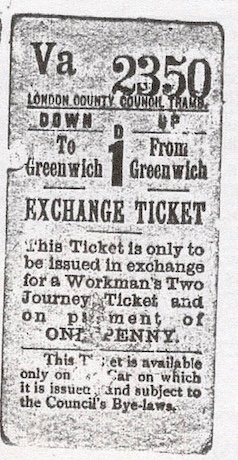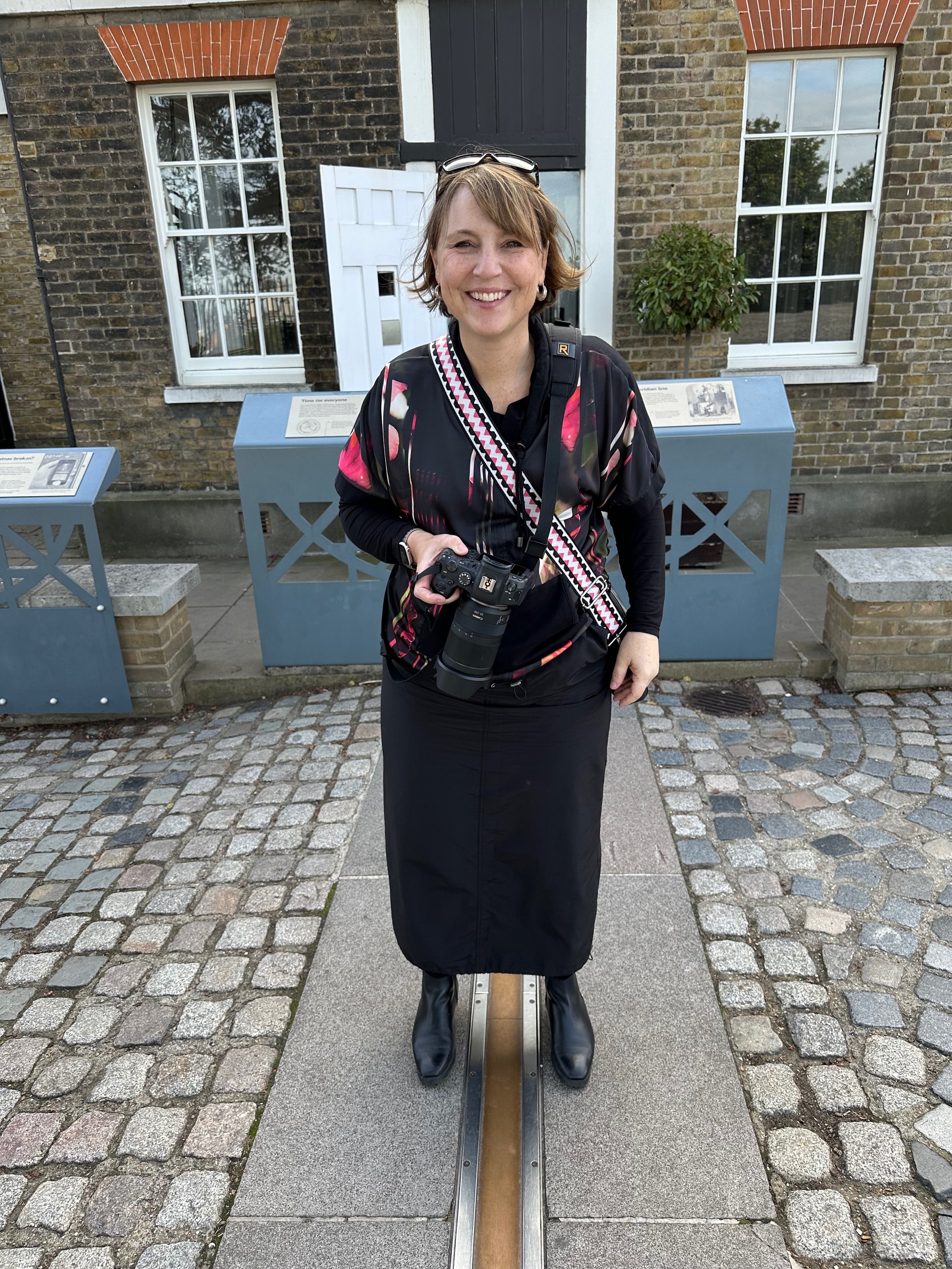Karl only had a limited amount of time to explore London, or shall I say, he didn’t have enough Greenwich Mean Time (GMT).
Did you know, dear reader, that until the mid-19th century, almost every town kept its local time based on solar noon –– when the sun is highest in the sky? There were no national or international conventions setting how time should be measured. This meant there were no standard times for when the day would begin and end or when the top of an hour might be. The expansion of the railway lines in the 1850s caused many problems, and a standard time was required.
In 1884, there was a recommendation for Greenwich, London, to be the location of one prime meridian* with a longitude of 0° 0′ 0" as it would be advantageous to the most significant number of people. A meridian is the north-south line dividing the east and western hemispheres. Just as the equator separates north from south, imagine a line running from the North to the South Pole, passing through Greenwich, England, Spain, Ghana and Antarctica. Then, other locations would be measured in relation to its distance east or west of the prime meridian, serving as a reference point for GMT. All the clocks in Britain were changed to GMT, and time was standardized.
Although I can’t find anything documenting his visit to Greenwich, I have a copy of Karl’s tram ticket from London to Greenwich. So, I also opted to travel to Greenwich and visit the Greenwich Royal Observatory.
Arriving on the “Uber boat,” a speedy catamaran that jets commuters and tourists to various locations along the River Thames, the first thing to notice when arriving in Greenwich is the views of London. They are spectacular—a bird’s-eye panorama! Climbing to the top of the hill to the observatory offers a prime view of Canary Wharf, St. Paul's Cathedral, the London Eye, and the Shard.
There is an actual Greenwich Meridian line which runs through the courtyard of the Royal Observatory, where I got in line with other tourists to stand with one foot in each of the eastern and western hemispheres! From the line is also the best vantage point to watch the Time Ball, one of the world’s earliest public time signals. It was first used in 1833 and still operates today. At 12:55pm, the ball rises halfway up its mast, and at precisely 1 pm, it falls. It’s like being in Times Square NYC for the New Year, except you can experience this daily with all the tourists counting down the ball dropping.
The Time Ball is located atop Flamsteed House, the home built for the Astronomers Royal—a role created in 1675 and awarded by the Monarchy to the most prominent astronomer. The first was John Flamsteed, tasked by King Charles II to draw up a map of the heavens with enough accuracy to be reliable for navigation.
There have been 14 Astronomers Royal, but since 1972, the role has become an honorary title. However, the role still can advise the monarch on scientific and astronomical matters. Astrophysicist Martin Rees, Baron Rees of Ludlow, has been in this role since 1995. Baron Rees is one of the world’s leading authorities on the big bang theory, and his research has included 'extreme' cosmic phenomena, black holes, cosmic structure formation and 'dark matter'. Dear reader, I don't want to profess that I understand anything about astrophysics, but I’m in awe of how these brilliant minds have dedicated their lives to science. If interested, Baron Rees has an autobiographical article focusing on his astronomical work Cosmology and High-Energy Astrophysics: A 50-Year Perspective on Personalities, Progress, and Prospects (2022).
From all this research and intellect, the museum includes a gallery of time with sea clocks, scientific objects, paintings, and the work of astronomers over the years.
Dear reader, this was time well spent!
*In 1984, with the improvement of satellite data, the actual point of 0° 0′ 0” longitude is now known as the International Reference Meridian (IRM). It’s approximately 335 feet (102 meters) below the Greenwich Prime Meridian and is now agreed upon by every nation. The Greenwich Observatory and the historic Prime Meridian are now positioned slightly west of the true prime meridian.
If you are new to the Karl Chronicles, get caught up on our expedition around the world! Start here 150 highlights from 150 Chronicles
Then get caught up on the rest of our journey, click here for more Karl Chronicles
The Karl Journey is now registered as an official expedition with the Royal Geographical Society













